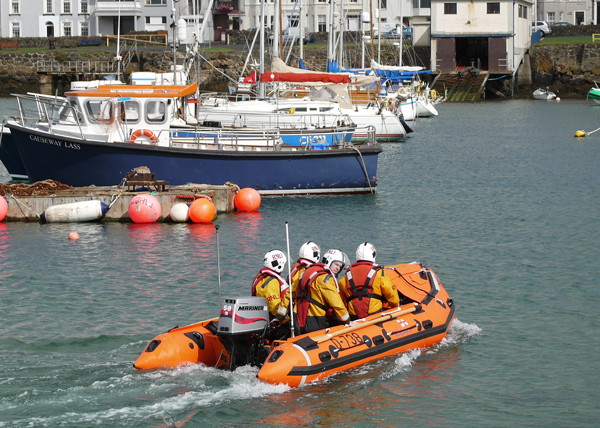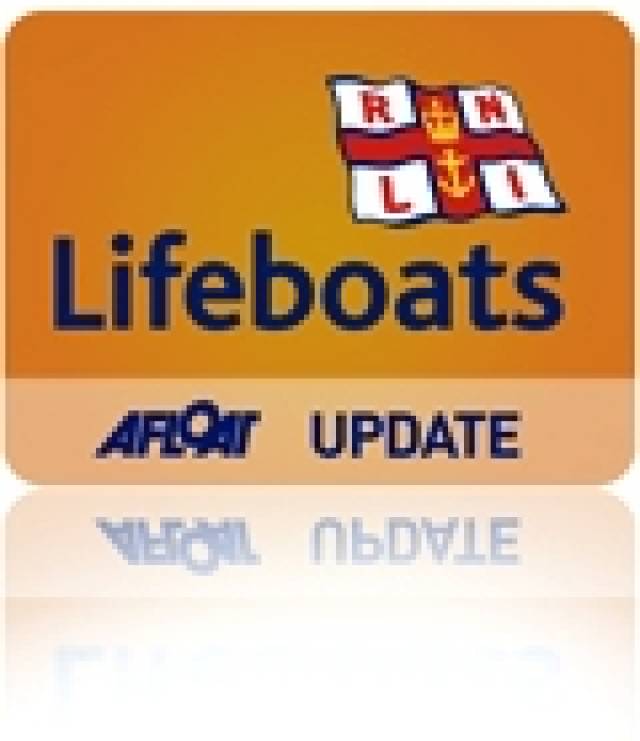The volunteer RNLI lifeboat crew at Portrush have taken delivery of a brand new state of the art Inshore lifeboat and have wasted no time in putting the new lifeboat through its paces.
The new £30,000 lifeboat is named David Roulston (Civil Service No. 52) and replaces the previous lifeboat Ken and Mary D -572 which arrived on station in February 2002. The Ken and Mary was launched 151 times, saving 9 lives, landing 15 persons and bringing in a further 31 people, giving a total rescued of 55.
This new inshore lifeboat was funded by the Civil Service Lifeboat Fund which raised the funds for the lifeboat via staff fundraising within the civil service across the UK and Northern Ireland. Following the tragic drowning of their colleague David Roulston, the staff at Northern Ireland Tourist Board fundraised to cover the upkeep and maintenance of the new lifeboat which has been named in memory of David.
The new boat has a bigger engine 50hp as opposed to 40hp, better stowage and a GPS plotter. The boat is also much faster and thus will be quicker in terms of saving lives at sea around the North Coast.
Speaking about the arrival of the new boat Lifeboat, Operations Manager Robin Cardwell said,
"The crew are very impressed with the performance of their new lifeboat. They have already had intensive training sessions on the boat and are delighted to have it on station in Portrush. The new boat has arrived just as the Station is celebrating its 150th Anniversary and I have no doubt that 'David Roulston' (Civil Service 52) will play a big part in the station's future"

Related Safety posts
RNLI Lifeboats in Ireland
Safety News
Rescue News from RNLI Lifeboats in Ireland
Coast Guard News from Ireland
Water Safety News from Ireland
Marine Casualty Investigation Board News
Marine Warnings
































































